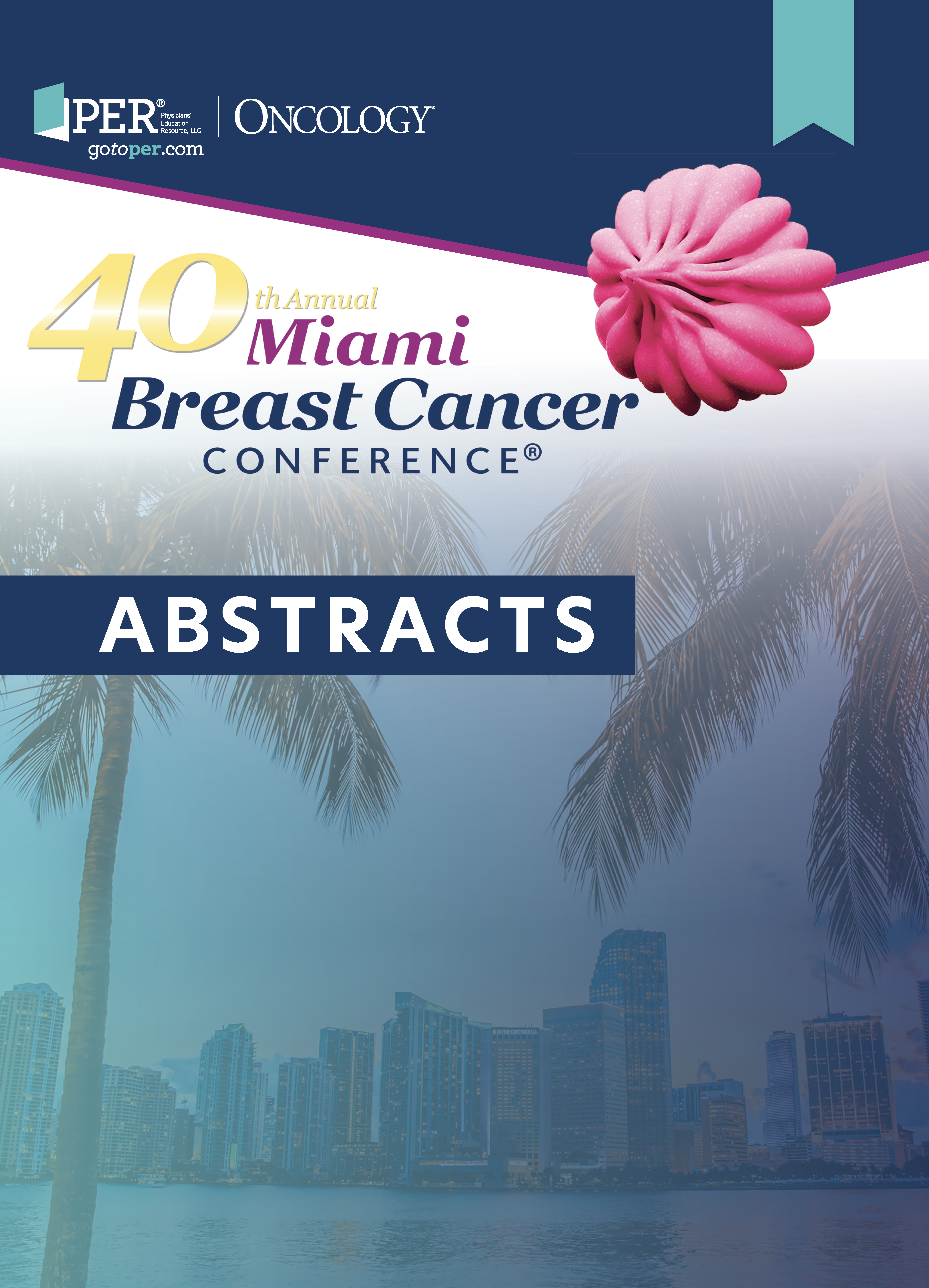38 Comparing Risk Stratification and Radiotherapy Benefit for Patients With DCIS Using a 7-Gene Biosignature as Compared to a Clinicopathologic Nomogram
Background
Multiple prospective trials show over 70% of women with ductal carcinoma in situ (DCIS) do not recur after breast-conserving surgery (BCS) alone and radiotherapy (RT) had a clinically meaningful reduction in 10-year risk after BCS. Clinicopathologic (CP) factor–based criteria or nomograms have been used to select for whom to deescalate treatment, assessing the 10-year ipsilateral breast recurrence (IBR) rate after BCS. In this study, we compared the classification of women by a CP model similar to the MSKCC DCIS nomogram with the 7-gene biosignature and their associated total 10-year IBR rates with and without RT.
Materials and Methods
DCIS patients (n = 926) from 4 international cohorts treated with BCS (negative margins) with (n = 641) and without RT (n = 335) were evaluated for clinicopathological models and the 7-gene biosignature with residual risk subtype (RRt). Formalin-fixed, paraffin-embedded tissue samples for each patient were analyzed at a CLIA lab for the 7-gene biosignature, DCISionRT with RRt. The biosignature reported a decision score (DS) of 0-10 and the presence/absence of the RRt subtype. The CP model used MSKCC DCIS nomogram factors and weighting but omitted the number of excisions and close margin and was categorized using a score <220 as CP low risk. The MSKCC-like score was calculated using the equation score = 100*(RT = 0) + 76*(ET = 0) + FAMHX(pos)*30 + Detection(clinical)*34 + (Grade ≥ 2)*26 + Necrosis (Present)*12 + Year of Diagnosis (≤1998)*58 + (134-1.49*AGE); margin (no-ink on tumor) = 0, number of excisions ≥3 (incomplete) = 0, evaluate with RT = 0). 10-year total IBR rates were evaluated using Cox proportional hazards and Kaplan-Meier analysis by treatment and risk groups in patients treated with and without RT.
Results
The biosignature classified 37% of women treated with BCS as low risk (n = 338) and 63% (n = 588) were classified into the combined Elevated/Residual Risk group. The 10-year IBR rate for patients who did not receive RT in the low-risk group was 5.6% (95% CI, 2.5%-12.1%). RT did not reduce the IBR rate in the low-risk group (P = .71), where the 10-year IBR rate was 4.8% (95% CI, 2.5%-9.1%) after RT. The CP model classified 320 (34%) as CP low risk (score <220) with an 8.3% 10-year IBR rate for BCS without RT and a non-significant slightly lower rate with RT (4.7%; HR, 0.5; 95% CI, 0.2-1.2, P = .12). Eighty-seven percent (n = 277) of the MSKCC low-risk group patients were treated with endocrine therapy (ET), whereas 32% (n = 124) of the biosignature low-risk patients were treated with ET. Thirty-seven percent (n = 124) of the biosignature low-risk and 30% (n = 98) of the MSKCC low-risk patients were not treated with RT. The biosignature reclassified 63% of these CP low-risk patients as DS elevated risk, with 10-year IBR rates of 12.3% for BCS without RT and 4.8% with RT (HR, 0.2; 95% CI, 0.1-0.8, P <.01).
Conclusions
Using 10-year outcome data (n = 926) from multiple contemporary published validation studies, the biosignature reclassified nearly two-thirds of patients in the CP low-risk (MSKCC-like nomogram) group as elevated risk. The re-classified CP low-risk patients had elevated 10-year IBR rates after BCS without RT and had an 80% relative benefit from RT, demonstrating they potentially could have been undertreated. This demonstrates the ability of the 7-gene biosignature to better risk-stratify patients with DCIS following BCS and identify patients with low-risk CP who may benefit from RT.
AFFILIATIONS:
Julie Margenthaler,1 Karuna Mittal,2 Frank Vicini,3 Chirag Shah,4 Rachel Rabinovitch,5 Pat Whitworth,6 Brian Czerniecki,7 David Dabbs,2 G. Bruce Mann,8 Fredrik Wärnberg,9 Sheila Weinmann,10 Michael Leo,10 Steven C. Shivers,2 Troy Bremer2
1Washington University School of Medicine, St. Louis, MO.
2PreludeDx, Laguna Hills, CA.
3GenesisCare, Farmington Hills, MI.
4Cleveland Clinic, Cleveland, OH.
5University of Colorado, Colorado Springs, CO.
6Nashville Breast Center, Nashville, TN.
7Moffitt Cancer Center, Tampa, FL.
8University of Melbourne, Melbourne, Australia.
9University of Gothenburg, Gothenburg, Sweden.
10Kaiser Permanente Center for Health Research, Portland, OR.
